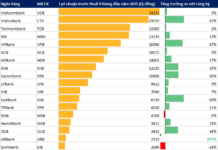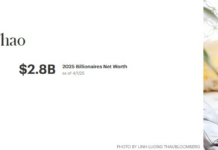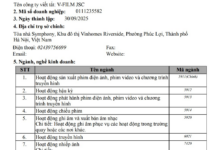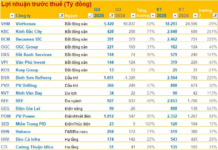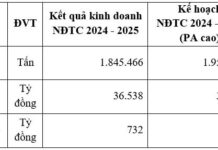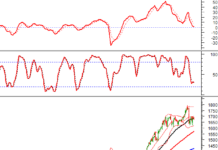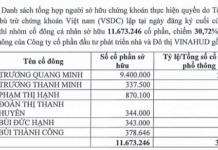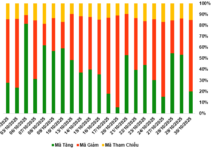In mid-February, Reuters reported that the Brazilian Ministry of Agriculture had ordered an immediate suspension of tilapia fish imports from Vietnam to wait for the review of current health regulations.
The agency cited specific concerns related to the “invasion of the TiLV virus” that “could harm the national industry,” according to Reuters.
This decision came after a meeting with the Brazilian Ministry of Agriculture, Livestock, and Supply and representatives of the local industry.
The Brazilian government stated that the ban on tilapia fish imports from Vietnam would remain in effect until the health review process is complete.
Vietnam is the only country that supplies tilapia fish to Brazil since 2023, the Ministry of Agriculture told Reuters in a separate statement.
The Ministry said that Brazil had imported 25 tons of tilapia fish from Vietnam, with a trade value of $118,000.
According to recent data from Peixe BR, a trade group representing the local fishing industry, Brazil produced 860,355 tons of fish in 2022, with 64% of it being tilapia.
Peixe BR said that Brazil’s tilapia fish production is relatively small compared to other countries like China, which accounts for about one-third of the global supply, but it is growing.
According to estimates from the United Nations’ Food and Agriculture Organization (FAO), the global tilapia fish supply was 6.5 million tons in 2022.
According to Peixe BR’s website, Brazil exported seafood products worth $24 million in 2022, with tilapia fish accounting for 98% of the trade volume.
The website also shows that the United States is Brazil’s main customer. However, an unidentified outbreak has reduced Brazil’s exports in the following months, according to the FAO’s report on sales in the first half of 2023, with a 32% decrease in tilapia fish exports to 3,319 tons.
According to the Brazilian agricultural news site Notícias Agrícolas, importing tilapia fish from Vietnam in December of last year raised development issues in Brazil’s aquaculture chain.
According to the site, one of the reasons is that Asian fish arrived in Brazil at a much lower price than the domestic production cost.
The Brazilian Fish Industry Association (Abipesca) submitted a document to the Ministry of Development, Industry, Trade, and Services (MDIC) on January 17, questioning the import of 25 tons of frozen tilapia fish from Vietnam.
In a letter to MDIC Minister Geraldo Alckmin, the association requested the application of anti-dumping measures to protect the national aquaculture industry from unfair competition by fish from Asia.
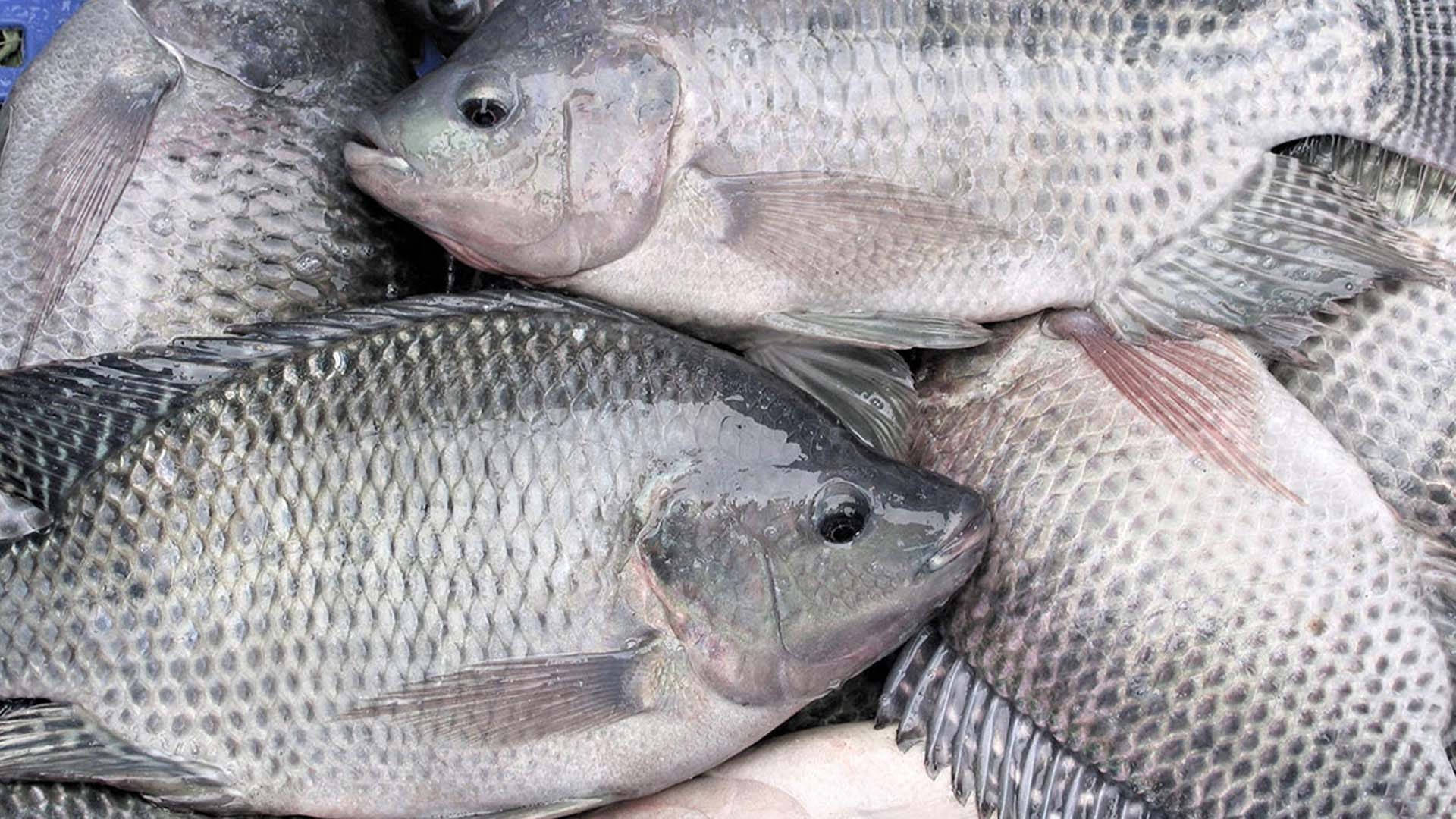
Vietnamese tilapia fish is popular in the US and EU.
2023: Vietnamese tilapia fish exports reach $6 million
As of February 20, according to TTXVN, the National Fisheries Quality, Processing, and Market Development Directorate (NAFIQPM) of the Ministry of Agriculture and Rural Development issued a notice about Brazil’s import suspension of tilapia fish from Vietnam.
According to the Directorate, it received letter number 65/2024/SDA/MAPA on February 14, 2024, from the Phytosanitary Inspection Agency, Ministry of Agriculture and Livestock of Brazil (MAPA) regarding the suspension of tilapia fish (Tilapia) imports from Vietnam since February 14, 2024, until there is a conclusion of a risk assessment of the TiLV virus according to Decision number 270 on February 9, 2024, by MAPA.
Therefore, the Directorate recommends that seafood processing establishments on the export list to Brazil suspend the export of tilapia fish (Tilapia) to the Brazilian market as requested by the Phytosanitary Inspection Agency, Ministry of Agriculture and Livestock of Brazil (MAPA) since February 14, 2024.
At the same time, seafood processing establishments on the export list to Brazil need to proactively update, research, and implement the regulations in the production, processing, and export of seafood products to the Brazilian market.
According to the Vietnam Association of Seafood Exporters and Producers, Vietnamese tilapia fish exports in 2023 reached over $6 million to various markets, a decrease of 42% compared to 2022.
In 2023, the EU remained the largest consumer market for Vietnamese tilapia fish with $2 million, down 34% compared to 2022.
Among them, the Netherlands is the market for nearly half of the total Vietnamese tilapia fish exports to the EU. In 2023, accumulated catfish exports to the Netherlands reached over $1 million, an increase of 10% compared to 2022. After the EU, the US consumed nearly $1 million in 2023, a 71% decrease compared to 2022.
Frozen tilapia fish is a popular product among consumers in the US. China is the world’s largest tilapia fish supplier and also the largest source for the US.
Vietnamese tilapia fish faces difficulty competing with Chinese tilapia fish, as Vietnam’s average price is much higher despite the downward trend.










